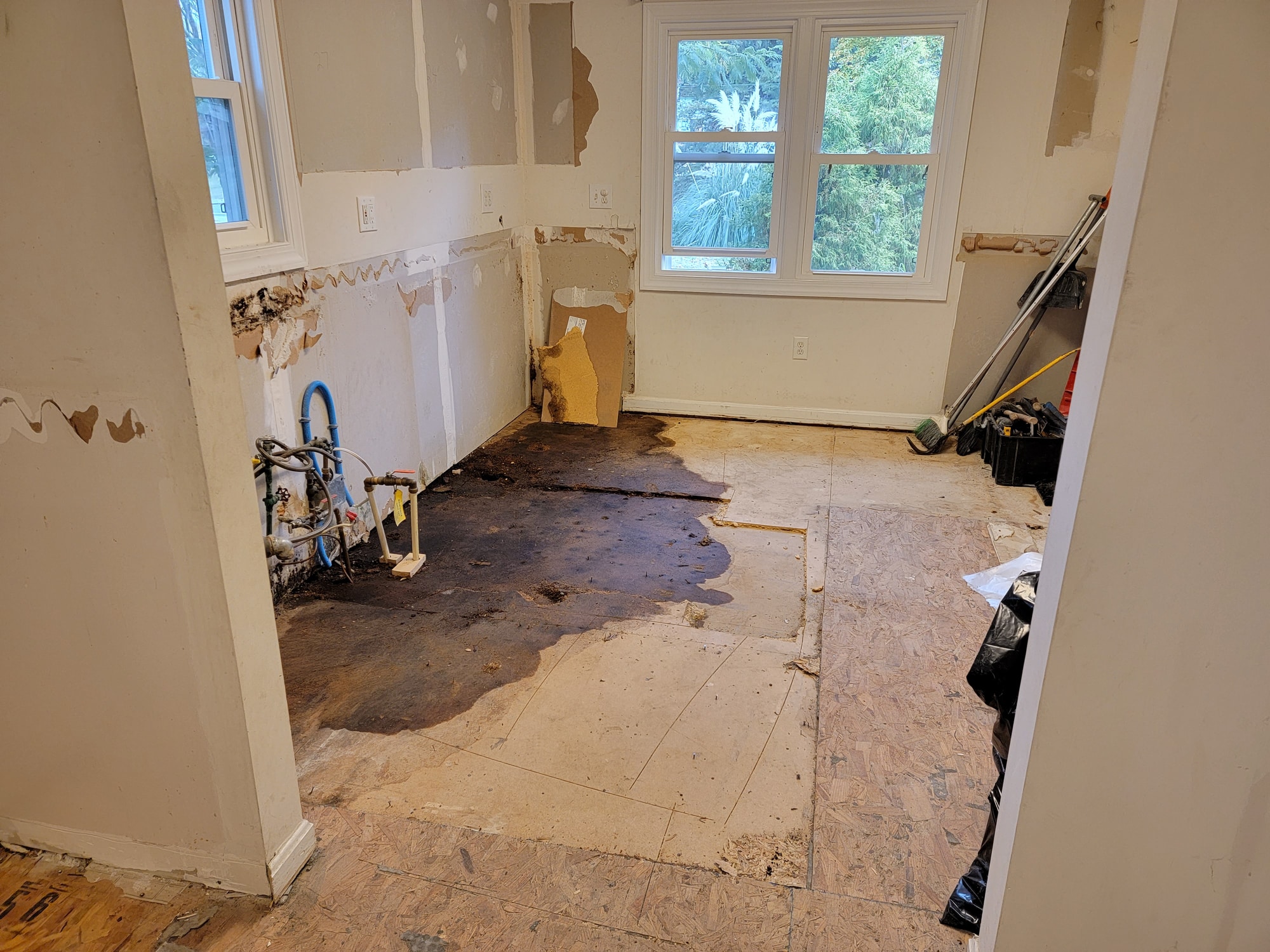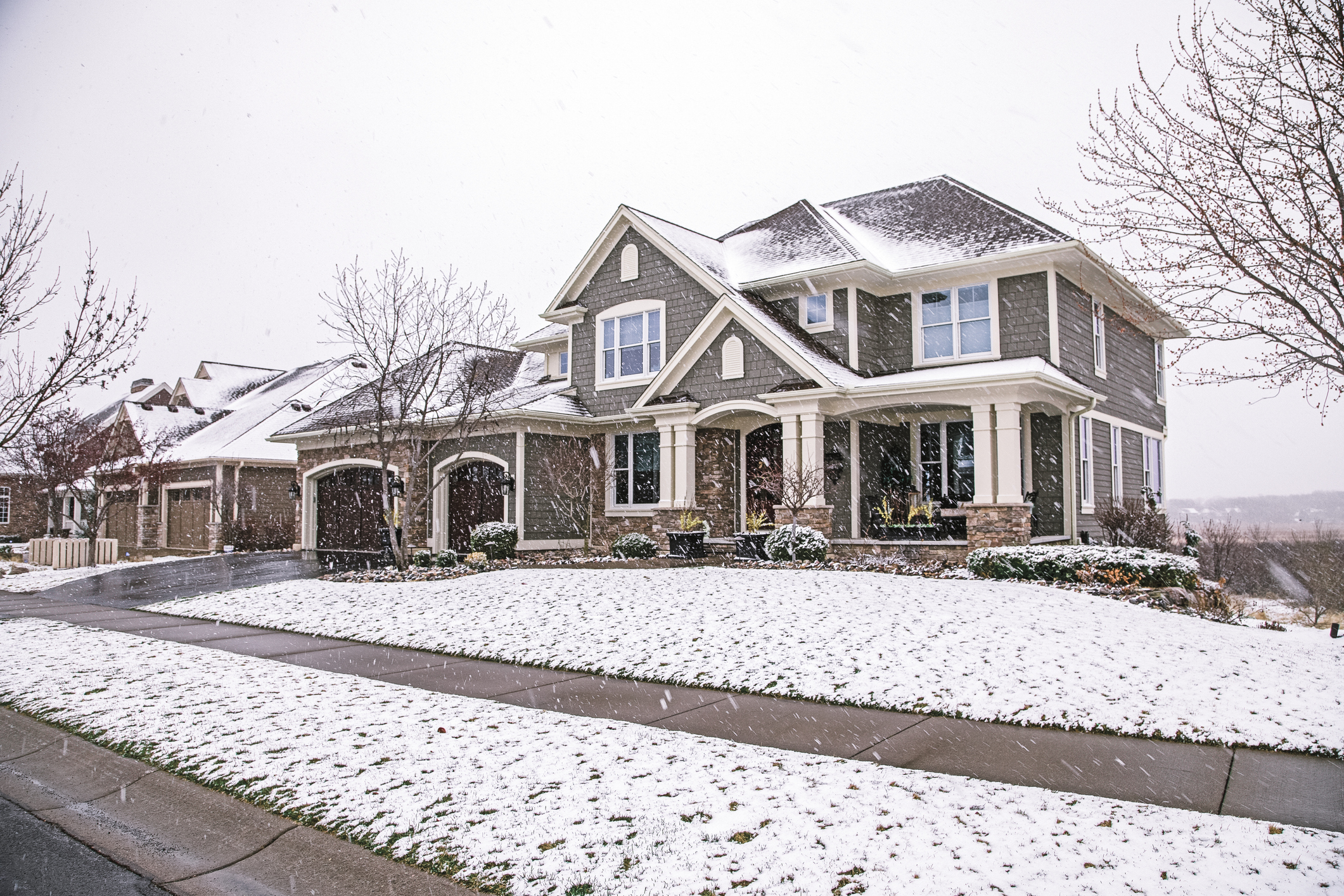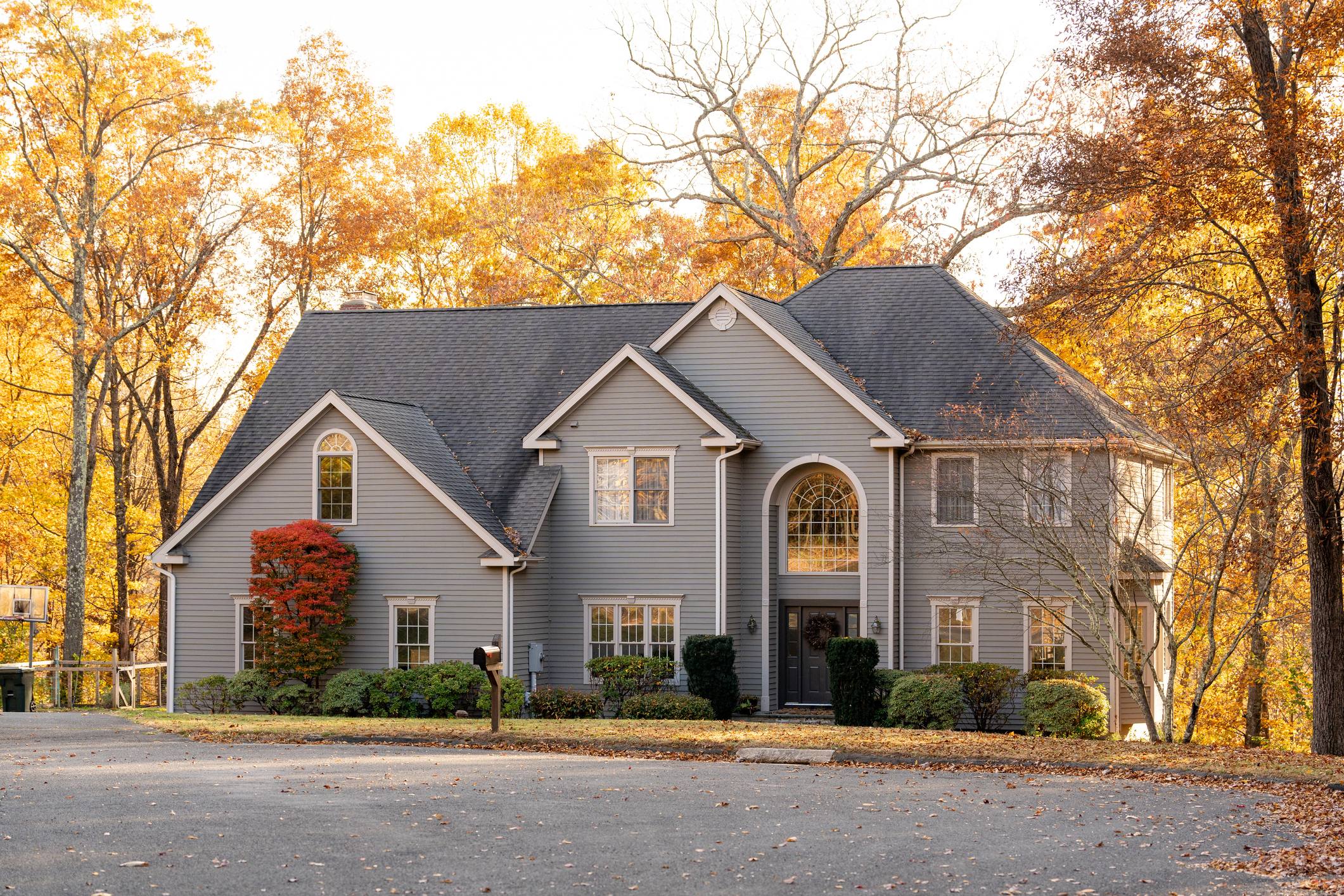Summer brings warm weather, vacations, and the increased risk of hurricanes and flash floods. These natural disasters can strike with little warning, causing significant damage to homes and communities.
At 24 Hour Flood Pros, we know firsthand how devastating these summer storms can be. That’s why we’re committed to helping you prepare before disaster strikes.
Here’s how to safeguard your home and loved ones during hurricane and flood season.
1. Create an Emergency Plan
Before a storm hits, every household should have a well-thought-out emergency plan. Identify evacuation routes, designate a meeting spot for family members, and assemble an emergency kit.
This kit should include:
- Non-perishable Food
- Water (3 gallons per person)
- Medications
- Flashlights
- Batteries
- Important Documents
- A First-Aid Kit
Pro Tip: Don’t forget your furry family members. If you have animals, include plenty of pet supplies or create a separate preparedness kit specifically for them.
For more resources on preparedness, check out our guides:
- Vacation Preparedness: How to Protect Your Home from Water and Fire Damage Before You Leave
- Prepare Your Home for Spring Storms: Essential Tips to Safeguard Your Property
- 8 Steps to Prepare Your Home for a Winter Storm
2. Reinforce Your Home

Properly securing your home helps minimize summer storm damage:
- Check the structural integrity of your roof, doors, and windows.
- Install storm shutters or board up windows with plywood.
- Reinforce garage doors, which are especially vulnerable to wind damage.
If you live in a flood-prone area, consider elevating your electrical systems and investing in flood vents to allow water to flow through the foundation without causing pressure buildup.
3. Clear Gutters and Drains
One of the simplest, most effective, and often overlooked ways to prepare for heavy rains is to clean out your gutters, downspouts, and storm drains. Blocked drainage leads to roof leaks and foundation flooding.
Ensure water can flow freely away from your home to reduce the risk of structural weakening and basement flooding.
4. Know Your Flood Risk
Visit FEMA’s Flood Map Service Center to determine if your property is in a high-risk flood zone. Knowing your risk level helps you take appropriate precautions and can influence your insurance coverage decisions.
Pro Tip: Standard homeowners insurance typically does not cover flood damage — be sure to purchase flood insurance if you’re at risk.
Learn more about the differences between flood damage vs. water damage here: Flood Damage and Water Damage: What’s the Difference?
5. Safeguard Important Documents and Valuables
Store essential documents in a waterproof and fireproof container.
This includes things like:
- Birth Certificates
- Insurance Policies
- Legal Paperwork
Consider scanning and backing them up digitally for added protection. Move valuable items to higher ground, such as a second floor or elevated shelves, to keep them safe from floodwater.
6. Have a Restoration Partner on Speed Dial

Despite your best efforts, storm damage can still occur. That’s where we come in. At 24 Hour Flood Pros, we specialize in emergency water extraction, structural drying, mold prevention, storm damage restoration, and more.
Our team is available around the clock to help you recover quickly and safely.
Don’t Wait Until It’s Too Late
Preparing for hurricanes and flash floods makes a critical difference when severe weather hits. By taking proactive steps today, you can reduce damage, protect your family, and recover more efficiently.
Trust 24 Hour Flood Pros to be your partner in storm preparedness and recovery — because when disaster strikes, every second counts.




